9 Everyday Things With Fascinating Names!
Have you ever wondered about the interesting names of common things hidden in plain sight? Some of these words roll off the tongue without a second thought, but their origins are packed with history, science, or simply plain oddity. Many come from ancient languages, obscure inventors, or forgotten traditions, which makes them more interesting than they seem at first glance. You’ll never look at these terms the same way again once you know where they come from.
Petrichor

Credit: Getty Images
Rain has a smell, and it’s called petrichor. Scientists named it in 1964 after fusing the words “petra” (stone) and “ichor” (the fluid of the gods). The scent comes from plant oils and bacteria released when dry soil gets wet. That first whiff after a storm is nature’s way of telling you the ground is finally breathing again.
Aglet
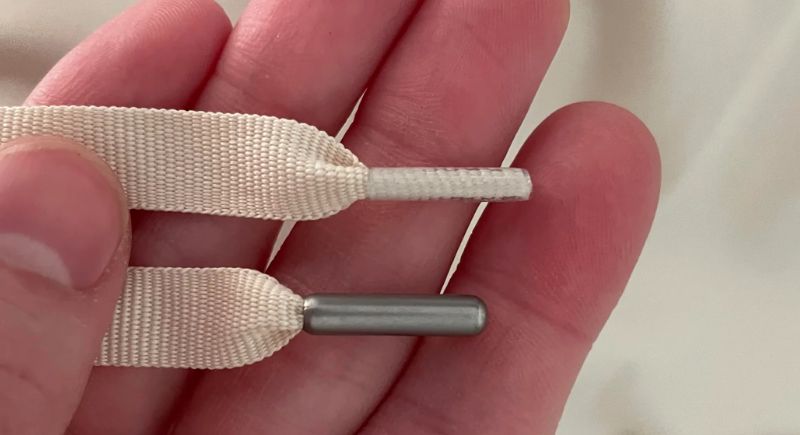
Credit: Reddit
The tiny plastic or metal tip on your shoelace has a name—aglet. Without it, laces would fray and turn into an unmanageable mess. The word comes from Old French “aiguillette,” meaning “small needle.” Even the ancient Romans used them.
Philtrum

Credit: pexels
Some people have a groove between their nose and upper lip but don’t know its name. It’s the philtrum. Ancient Greeks believed it was linked to attraction and called it “philtron,” meaning “love charm.” In reality, it’s a leftover from how the face forms in the womb. It serves no real function, but without it, faces would look unsettlingly smooth.
Punt

Credit: Getty Images
Punt has several meanings, but this one refers to the deep indentation at the bottom of wine bottles. Some say it strengthens the glass; others argue it collects sediment. Its exact purpose is debated, but it’s been part of bottle design for centuries. Fancy wine or cheap stuff, that punt isn’t going anywhere.
Brannock Device
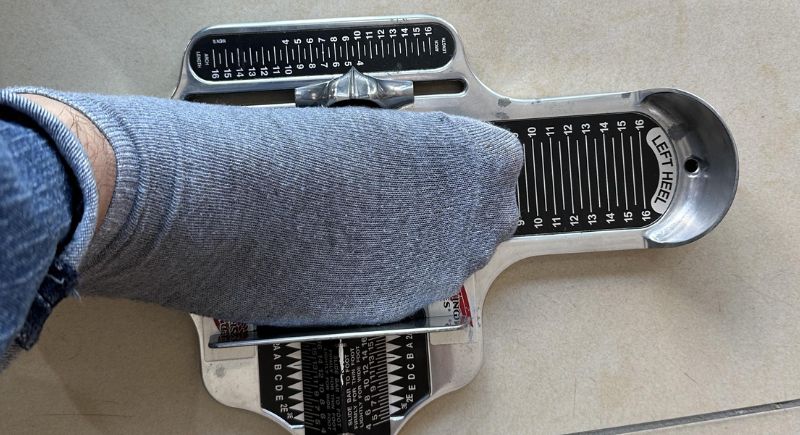
Credit: Reddit
If you’ve ever had your foot measured in a shoe store, you’ve used a Brannock device. Invented in 1927 by Charles Brannock, this metal contraption ensures a perfect fit. Before it, people guessed sizes, which led to sore feet. It’s not flashy, but without it, shoes would be a much bigger pain—literally.
Overmorrow

Credit: pixabay
There’s a word for “the day after tomorrow,” and it’s overmorrow. It comes from the Middle English term “overmorwen” and was common before people settled on simply saying “the day after tomorrow.” Though it’s fallen out of use, it still pops up in literature. Try using it in a sentence—you might bring it back.
Morton’s Toe
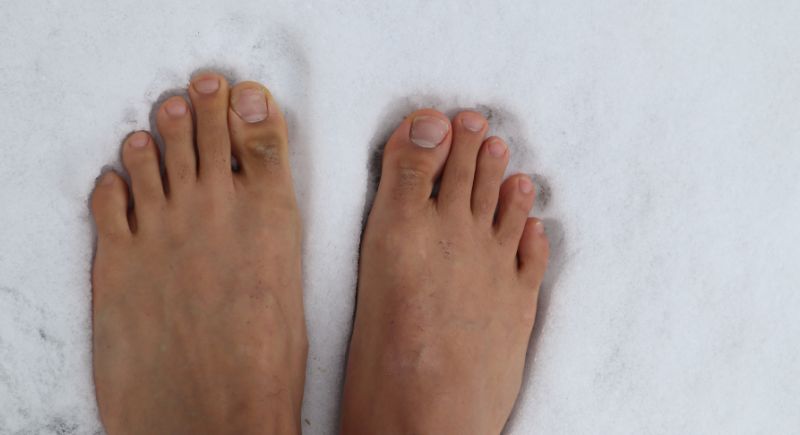
Credit: Getty Images
Having a second toe longer than your big toe? That’s Morton’s Toe. Named after Dr. Dudley Morton, this foot quirk is more common than you’d think. It can affect balance and even lead to foot pain. The Statue of Liberty has it, so if your toes look like hers, consider it a sign of greatness.
Tittle (Dot)
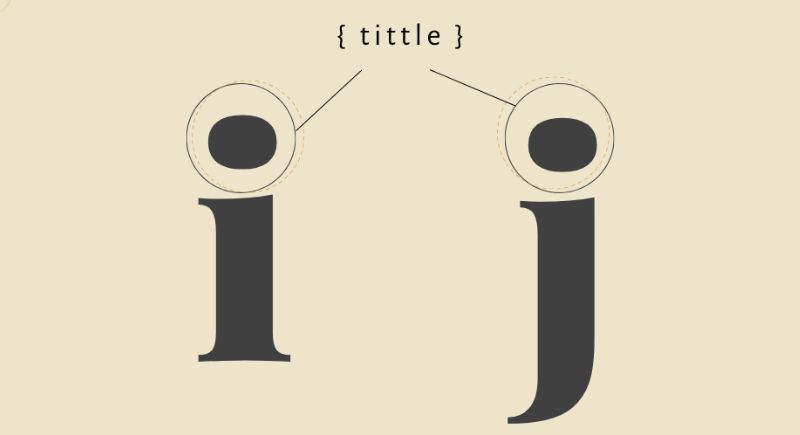
Credit: Facebook
The little dot over the letters “i” and “j” may pass only for decoration, but it’s not. It’s actually called a tittle, and the word comes from the Latin “titulus,” meaning “mark or inscription.” It helped differentiate letters in old manuscripts. Without it, handwriting would be a mess.
Ferrule
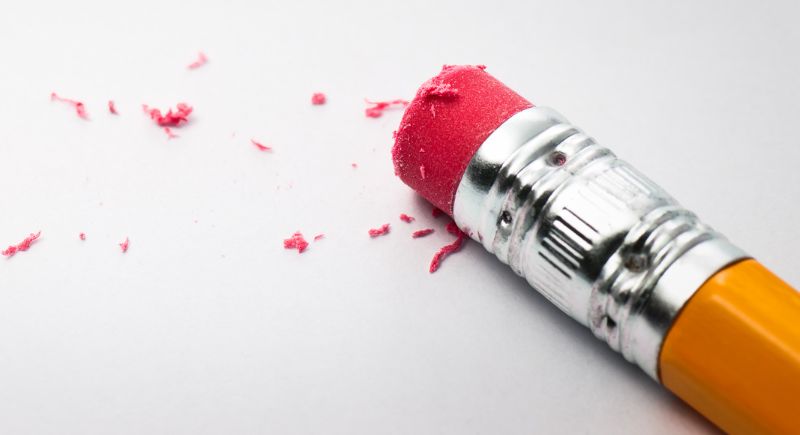
Credit: Getty Images
Most pencils have a metal band holding the eraser called a ferrule. It keeps the eraser in place and stops the pencil from splitting. The word comes from the Latin word “variola,” meaning “small bracelet.” Without it, your eraser would fall off, and sharpening would get messy fast.
Glabella
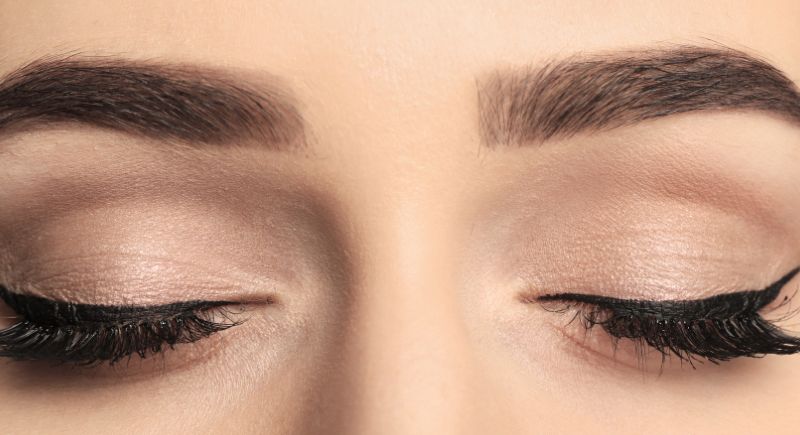
Credit: pixelshot
Some of our body parts are tricky to name off the top of our heads; a case in point is the smooth patch of skin between your eyebrows. Well, it’s glabella. It’s where frown lines show up first and is used in medicine to test reflexes. It’s a Latin “glabellus,” meaning “hairless.'” If you tap it and blink, your nervous system is working fine.
Agraffe
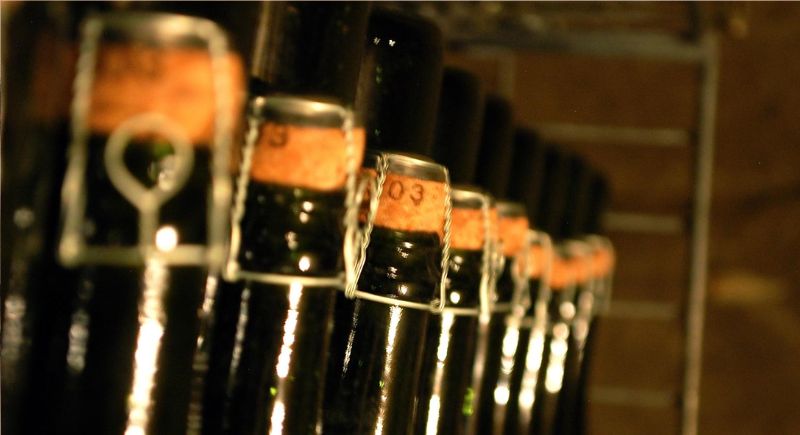
Credit: Wikimedia Commons
Champagne corks don’t stay in place by magic. The wire cage holding them down is called an agraffe, which comes from the French “agraffe,” meaning “clasp.” It’s a fastening consisting of a loop and hook that keeps carbonation from popping the cork prematurely.
Lunule (Lunula)
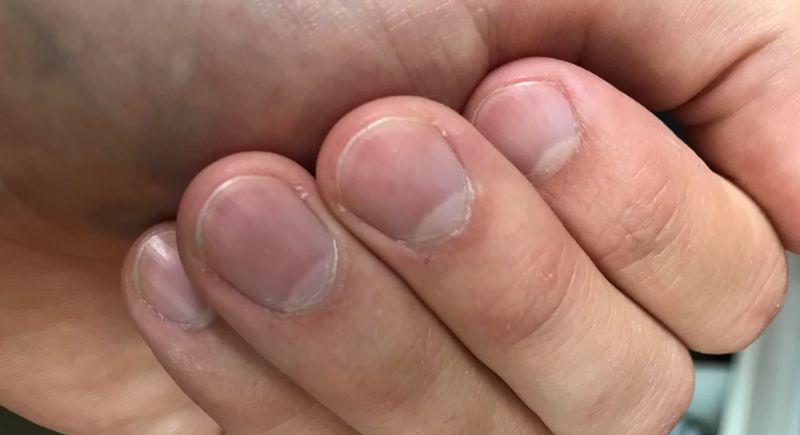
Credit: Reddit
The little white crescent at the base of your fingernail has a name—lunule. Since it looks like a tiny half-moon, the word borrows from the Latin “luna,” meaning “moon.” It’s a sign of healthy nail growth, but if it suddenly disappears, it could mean a health issue.
Muntin
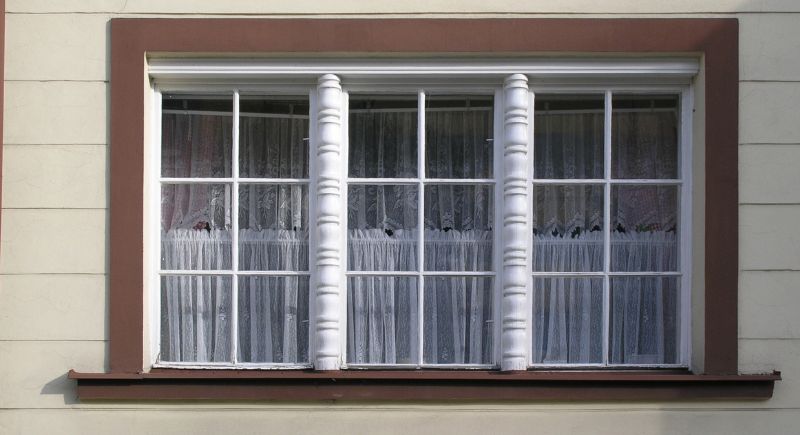
Credit: Wikimedia Commons
Do you know the name of those thin strips of wood or metal separating window panes? They’re muntins, derived from an Old French word “montant” (upright). Before large glass sheets were possible, muntins held smaller panes together. Today, they’re mostly decorative, but in historic buildings, they’re essential.
Lemniscate
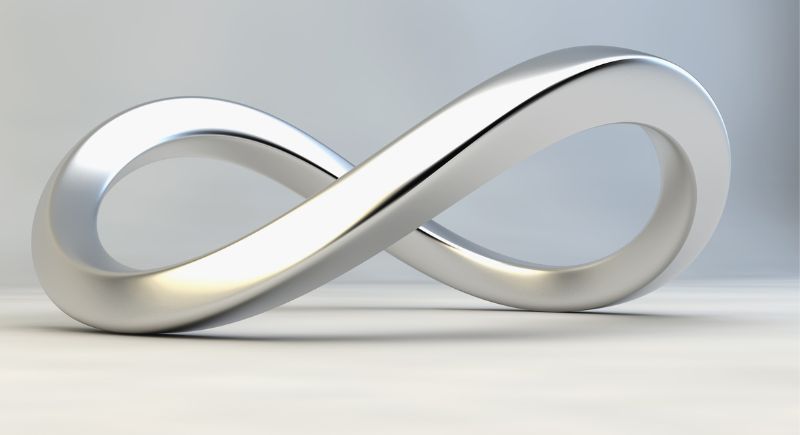
Credit: Aflo Images
The infinity symbol (∞) is a loop, alright, but many are unaware that it’s called a lemniscate. Interestingly, mathematicians first used it in the 17th century, but now it’s a universal sign for endless possibilities. It’s borrowed from the Latin word “lemniscus,’ which means “ribbon.”